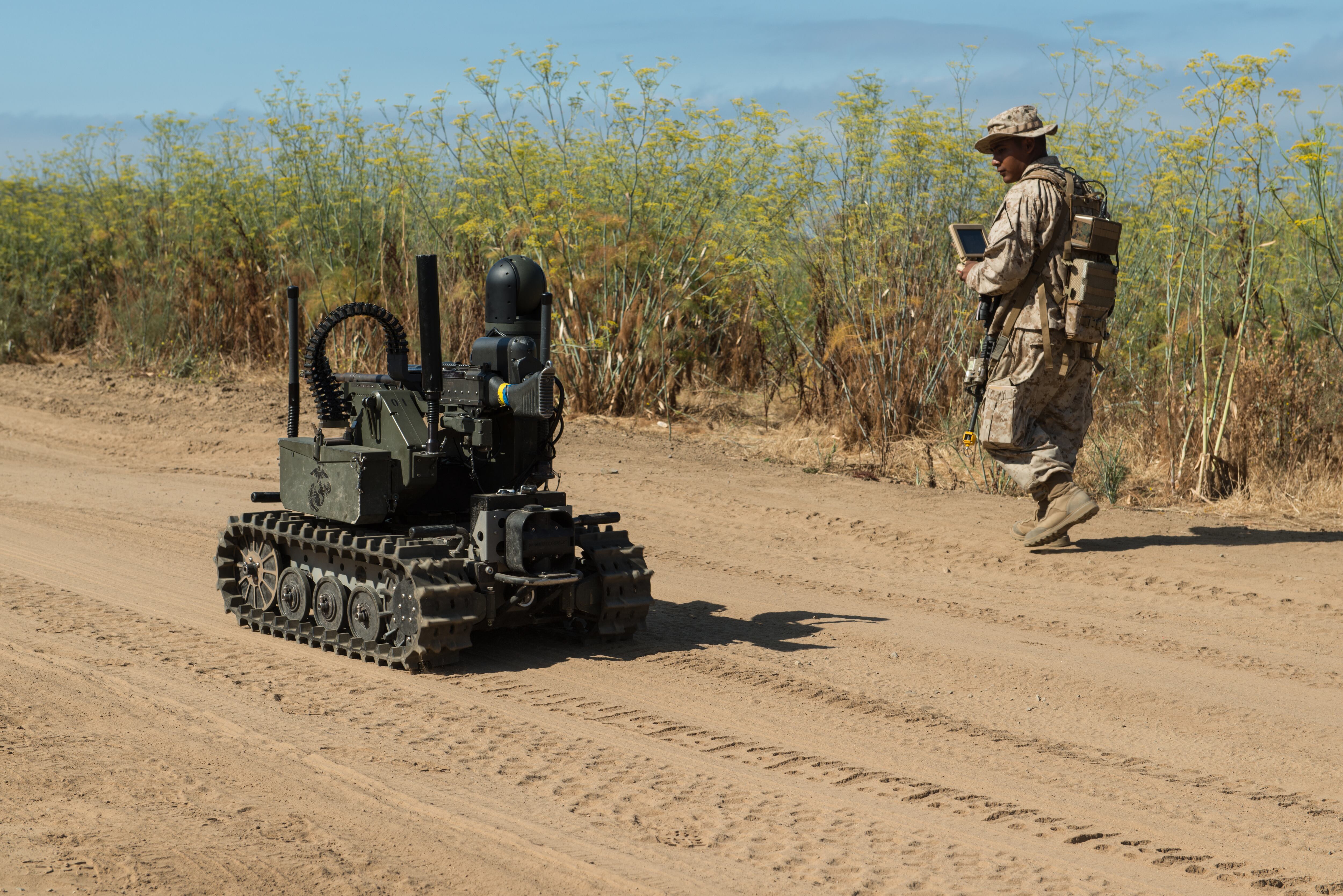WASHINGTON — The Pentagon’s newly unveiled science and technology strategy calls for better coordination among the military services, more urgency in fielding the latest technology, and greater investment in the department’s physical and digital test and lab infrastructure.
The unclassified version of the strategy, released May 9, highlights two forces that are driving the Defense Department’s push for more partnerships among the services and the rapid fielding of new capabilities: a threat environment that’s growing in complexity, and a commercial marketplace “infused with private investment” that the department can leverage.
“The DoD must be more proactive with its engagements with the private sector to make the right investments to capitalize on emerging technologies, as well as to preempt adversary attempts to do the same by protecting critical and emerging technologies early in the development cycle,” the document states. “We must also solve increasingly complex security challenges that involve science and technology.”
Heidi Shyu, who serves as the undersecretary of defense for research and engineering, and her team developed the strategy over the last year, which Congress required in the fiscal 2022 National Defense Authorization Act.
The 11-page document outlines how the department will harness emerging technology to counter threats from Russia and China. Those threats include cyberattacks on the DoD’s supply chain, biological warfare and advances in offensive space capabilities — all areas that correspond with “critical technology areas” the Pentagon has prioritized in recent years.
Nina Kollars, an adviser to Shyu, told reporters in a May 8 briefing the department will deliver an implementation plan to Congress in the next three months.
In the area of collaborative warfighting, the strategy notes that funding for emerging technology must be part of a “carefully crafted” plan that’s coordinated among the military services to avoid duplication or waste.
Kollars said that along with supporting more joint demonstrations through programs like the Rapid Defense Experimentation Reserve, the strategy highlights a need for more “rigorous, threat-informed analysis” to underpin those experiments and help determine which projects should transition to the field.
“What is particularly important to the building at this point is ensuring we have investments in modeling and simulation and rigorous analysis,” she said. “All of those elements ... will help us identify what it is exactly that we should be getting after in terms of budgetary investment.”
The document also emphasizes the role international partnerships play in strengthening science and technology development. It calls for an expansion of existing multilateral agreements in order to increase production capacity among allies and strengthen overall deterrence.
Asked whether the strategy supports the easing of export controls and other international technology-sharing policies, Kollars declined to offer specifics, but said those details would likely be “hashed out” as part of the implementation plan.
The document doesn’t recommend specific infrastructure investments, but does link the DoD’s technological superiority to the quality of its lab and test environments. The department last year identified a $5 billion funding shortfall for key infrastructure modernization projects.
Kollars said infrastructure — both physical labs as well as digital modeling and simulation capabilities — is “on the forefront of the minds of everyone in the DoD.”
“We cannot make a 21st century force with 20th century infrastructure,” she said.
Courtney Albon is C4ISRNET’s space and emerging technology reporter. She has covered the U.S. military since 2012, with a focus on the Air Force and Space Force. She has reported on some of the Defense Department’s most significant acquisition, budget and policy challenges.








